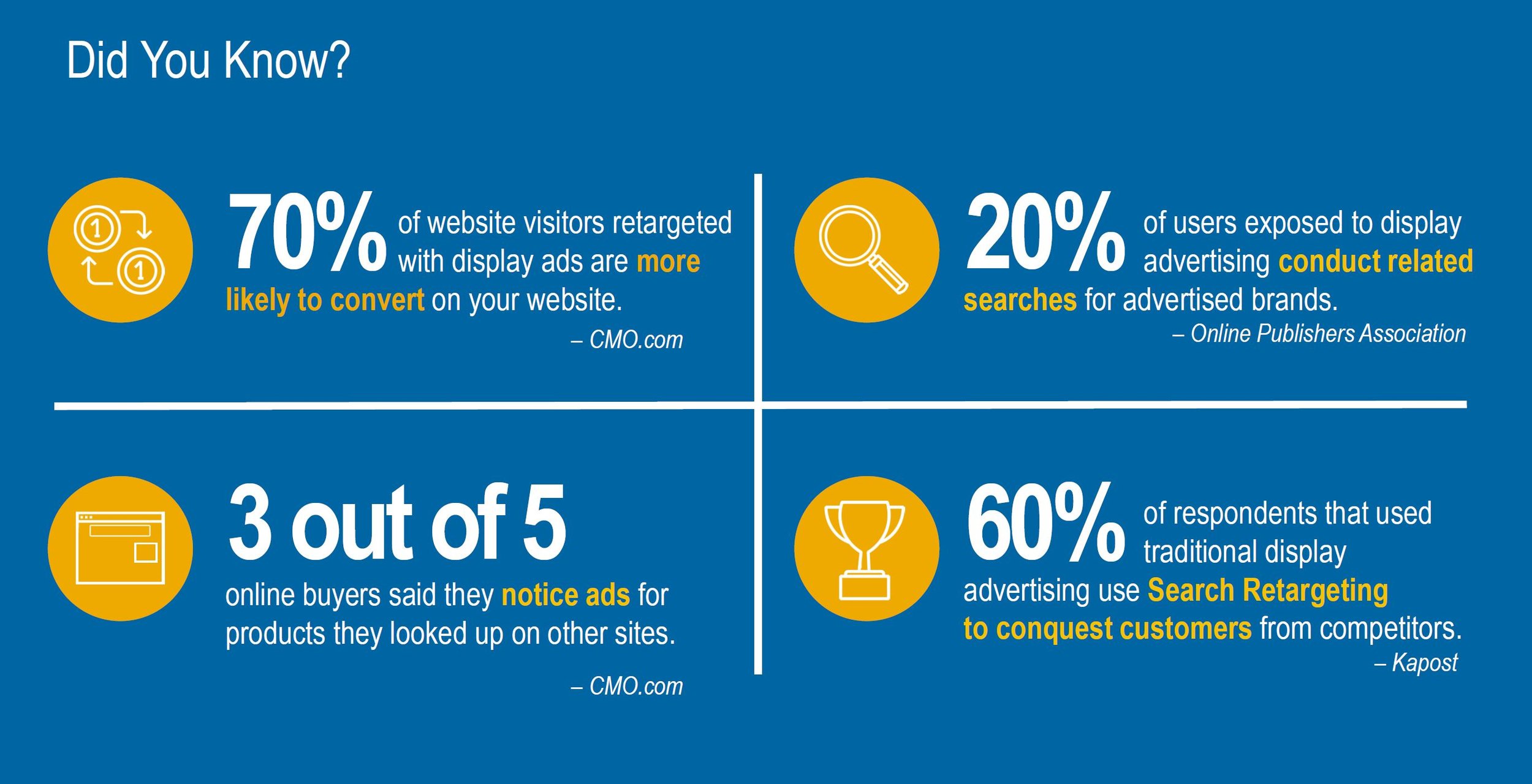HOW A PROFESSIONAL HEADSHOT CAN IMPROVE YOUR PERSONAL BRAND RECOGNITION
If you’re going to be part of a professional business, having a professional headshot is crucial in putting your best face forward. Although it may seem unimportant in the grand scheme of running or working for a business, it’s very beneficial for communicating your brand. Your brand is what sells your business and putting effort toward formulating a certain brand will guarantee good sales. Make sure to choose someone who specializes in professional business photography.
The definition of a headshot is simple: A headshot is a portrait of yourself you can use for your website, social media, brochures, or any other method you use in order to promote your business. It helps clients or other collaborators remember who you are and remember what sort of business you are promoting. A professional headshot is one among many small details that can make a big difference for you and your business, whether you are a manufacturer, distributor architect, interior designer, you name it. Of course, your professional “headshot” should not be limited to just that. Get creative. Have fun. But, stay true to who you are, the business you represent and make sure your images speak to your primary target audience.
FIVE KEY CONSIDERATIONS TO USING A PROFESSIONAL HEADSHOT TO CULTIVATE YOUR BRAND:
Personalization of your business. Of course, every business is made up of people. However, being able to show off the specific team of people that make up your business helps to personalize the company. Personalization of your business is important as it helps collaborators to trust your business as an organization made up of trustworthy, competent people. A trustworthy and competent brand is beneficial for any business, and in turn will make your company an easier sell.
Professional Headshot → Professional Perception. Whether we want it to or not, first impressions can be everything. A headshot serves as your first impression to people who may be collaborating with your business. Since you get to decide what you want your headshot to convey, you can formulate the first impression you want to make. Having a professionally taken headshot puts forth a professional appearance. An initial impression of professionalism will make you and your business stand out. Click here to read more tips on how to create a professional-looking headshot.
Communicate with style. Just as the professionalism of the headshot quality communicates a certain message, so will your outfit and style. The clothing you choose for your headshot will contribute immensely to your brand statement. Certain outfits can communicate a very specific message about your company. Whether you want to appear professional, or more laid-back and casual, the clothing employees choose for their headshots will be a tremendous aid in showcasing what the general feel of your company is. Learn more about how to choose your headshot outfit.
Makes you recognizable to business contacts. A headshot is very practical, as it provides a face to look for when meeting up with people outside of your business. This makes outsiders feel more comfortable visiting your business, as they have already been able to put a face to whomever they’ve been communicating with up to that point. If collaborators can quickly associate people with the business, this already surrounds your brand with a feeling of trust and familiarity for the client.
Confidence. Having a headshot that portrays you as a professional, trustworthy, and competent employee will help you feel just the same. A business comprised of confident employees is more functional, and thus makes the appearance of functionality authentic. No matter what your brand is, confidence will be crucial in selling it.
Although a headshot may seem relatively unimportant compared to everything else you need to run an effective business, a good headshot can do a surprising amount of work regarding the development of your personal brand. A professional headshot is an excellent investment for your business and in branding yourself as someone people can trust to get the job done.
Are you curious about what it means to have a personal brand and how it can benefit your business? No matter what your line of work is, Division 08 Marketing wants to help you to get the answers you need. Schedule your free, 30-minute consultation today to discuss branding your business the way you want it to be.





